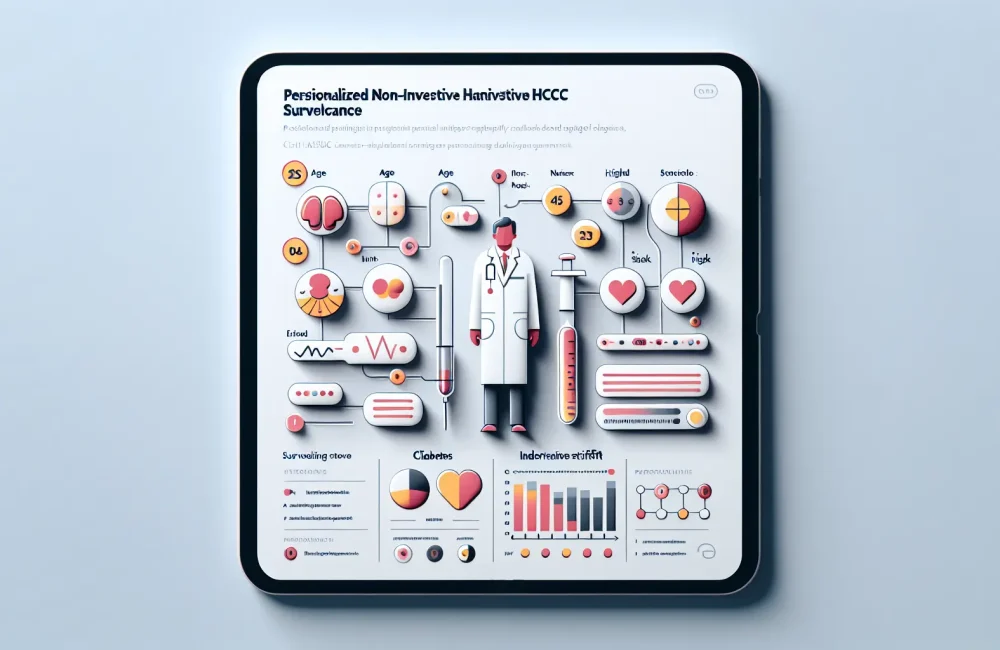By CAFMI AI From New England Journal of Medicine
Efficacy of Fixed-Duration Acalabrutinib-Based Regimens in Untreated CLL
Chronic lymphocytic leukemia (CLL) has seen significant therapeutic advancements with the advent of targeted agents, particularly Bruton’s tyrosine kinase (BTK) inhibitors such as acalabrutinib. Traditional approaches utilizing continuous BTK inhibitor therapy have proven effective but bring challenges including long-term side effects, financial burden, and potential impacts on patients’ quality of life. This clinical trial addresses a pivotal clinical question: can fixed-duration treatment regimens with acalabrutinib, combined with other established agents, effectively control disease while minimizing prolonged exposure? In this randomized phase 3 study, previously untreated CLL patients received fixed-duration acalabrutinib combined with either obinutuzumab, a monoclonal anti-CD20 antibody, or venetoclax, a BCL2 inhibitor with known efficacy in CLL. The study design mandated a set treatment period after which therapy was stopped, followed by observation. The primary outcome was progression-free survival (PFS), a critical endpoint signaling how long patients remain free from disease progression. Secondary outcomes included overall survival, depth of response (complete remission rates and minimal residual disease negativity), and safety assessments. With a median follow-up of 24 months, both treatment arms demonstrated robust efficacy, showing high PFS rates indicative of effective disease control. Notably, the acalabrutinib plus venetoclax arm achieved higher complete remission rates and deeper minimal residual disease negativity compared to the acalabrutinib plus obinutuzumab combination, suggesting potential advantages in disease eradication and sustained remission. These findings underscore the feasibility of fixed-duration BTK inhibitor regimens paired with complementary agents to attain deep remissions in the frontline setting of CLL.
Safety and Tolerability Profiles Inform Clinical Decisions
Safety and tolerability are paramount considerations for clinicians when selecting frontline CLL therapies, especially given that many patients may require prolonged or repeated treatments over time. This study reports manageable safety profiles for both fixed-duration regimens. Common adverse events included neutropenia, increases in infection risk, and infusion-related reactions predominantly associated with obinutuzumab administration. Importantly, the incidence of severe toxicities was low, with few patients discontinuing therapy due to adverse events, which speaks to the overall tolerability of these schedules. The fixed-duration approach itself contributes to reduced cumulative toxicity compared to continuous BTK inhibition, which is often associated with chronic side effects such as atrial fibrillation, bleeding, and hypertension. From a clinical perspective, these safety observations allow for potentially improved patient adherence and quality of life, minimizing the burdensome impacts of therapy-related side effects. The data support fixed-duration acalabrutinib-based combinations as a viable and safer frontline option, offering a balance between effective disease management and manageable toxicity.
Clinical Implications and Future Directions in Frontline CLL Management
The emergence of fixed-duration acalabrutinib regimens marks a significant shift in frontline CLL treatment paradigms. For U.S. clinicians managing treatment-naïve patients, these findings facilitate shared decision-making conversations focused on effective disease control with a finite treatment timeline. The improved complete remission rates and deeper minimal residual disease negativity seen with the acalabrutinib plus venetoclax combination may guide selection toward this regimen when durable remission is a priority. Additionally, the fixed-duration model aligns well with health system goals to reduce long-term treatment costs and patient burden, which is particularly relevant amid rising healthcare expenses. Clinical guidelines are likely to integrate these data, broadening therapeutic options beyond continuous therapy frameworks. Providers should counsel patients on the possibility of therapy cessation after a defined period and the importance of follow-up to monitor for disease recurrence or progression. Red flags such as rising lymphocyte counts or new symptoms warrant timely evaluation to detect relapse early. In primary care and hematology practices, establishing workflows that support periodic assessments of minimal residual disease and clinical status post-therapy can optimize patient outcomes. Overall, fixed-duration acalabrutinib-based combinations represent a promising strategy to enhance quality of life and treatment success in CLL, heralding a new era in personalized leukemia care.
Read The Original Publication Here






